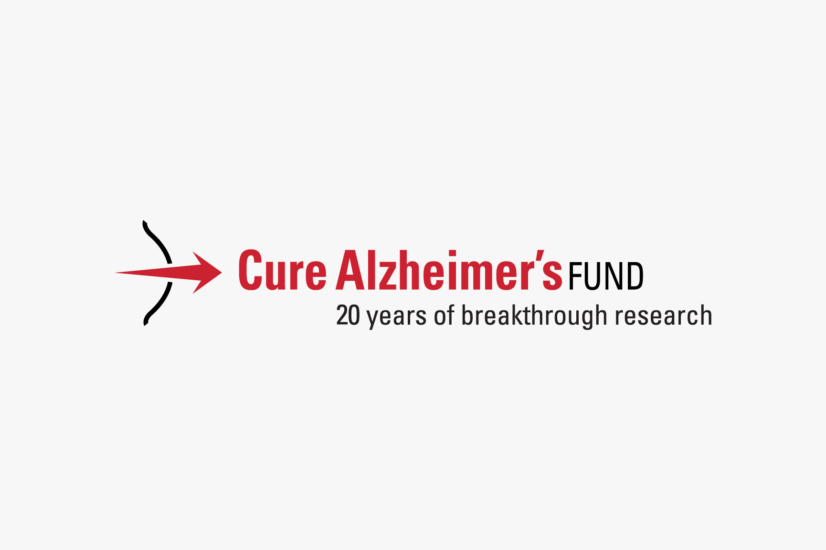Cure Alzheimer’s Fund’s core research effort continues to be the Alzheimer’s Genome Project™ initiative. Using whole genome association to analyze DNA, the objective is to identify all the genes that affect risk for AD. That project, largely based at Massachusetts General Hospital and Harvard Medical School, continues and is on time for completion by summer of 2008.
Collaborative study of Abeta “oligomers”
Last year, Cure Alzheimer’s Fund supported a unique collaborative effort to understand how Amyloid-beta congregates into “oligomers” of different numbers of Amyloid-beta molecules and which ones make the most difference in contributing to Alzheimer’s pathology. Abeta “oligomers” are now thought, by most researchers, to be a key to the cause of Alzheimer’s disease. The first year’s work was so successful that we have distributed second-year grants for the original members—Drs. Charles Glabe (UC Irvine), Virginia M.-Y. Lee (University of Pennsylvania), Rudy Tanzi and Robert Moir (Mass General/Harvard), Sangram Sisodia (University of Chicago), Paul Greengard (The Rockefeller University) and David Michael Holtzman (Washington University of St. Louis).
In addition, two other distinguished researchers have joined the collaborative to provide different perspectives on this critical issue. We are pleased to have distributed research funding in 2007 to Dr. Sam Gandy at Mount Sinai School of Medicine and
Dr. Tae-Wan Kim of Columbia University Medical Center, both in New York City.
Reflecting this important focus, another oligomer-oriented project was funded by a foundation through Cure Alzheimer’s Fund in a separate collaboration by Drs. Greengard and Tanzi.
New research effort
The third new research effort funded in 2007 is a first in the Alzheimer’s field, and represents a strong collaboration between an anonymous foundation and Cure Alzheimer’s Fund to provide the tools and intellectual capital to benefit all AD researchers. This project, led by Dr. David Michael Holtzman at Washington University of St. Louis, involves developing a facility to measure the concentration of Amyloid-beta in real time in the brain of living, behaving mouse models that develop features of AD. The facility enables screening for drugs that lower Amyloid-beta directly in the brain in relatively high throughput.






